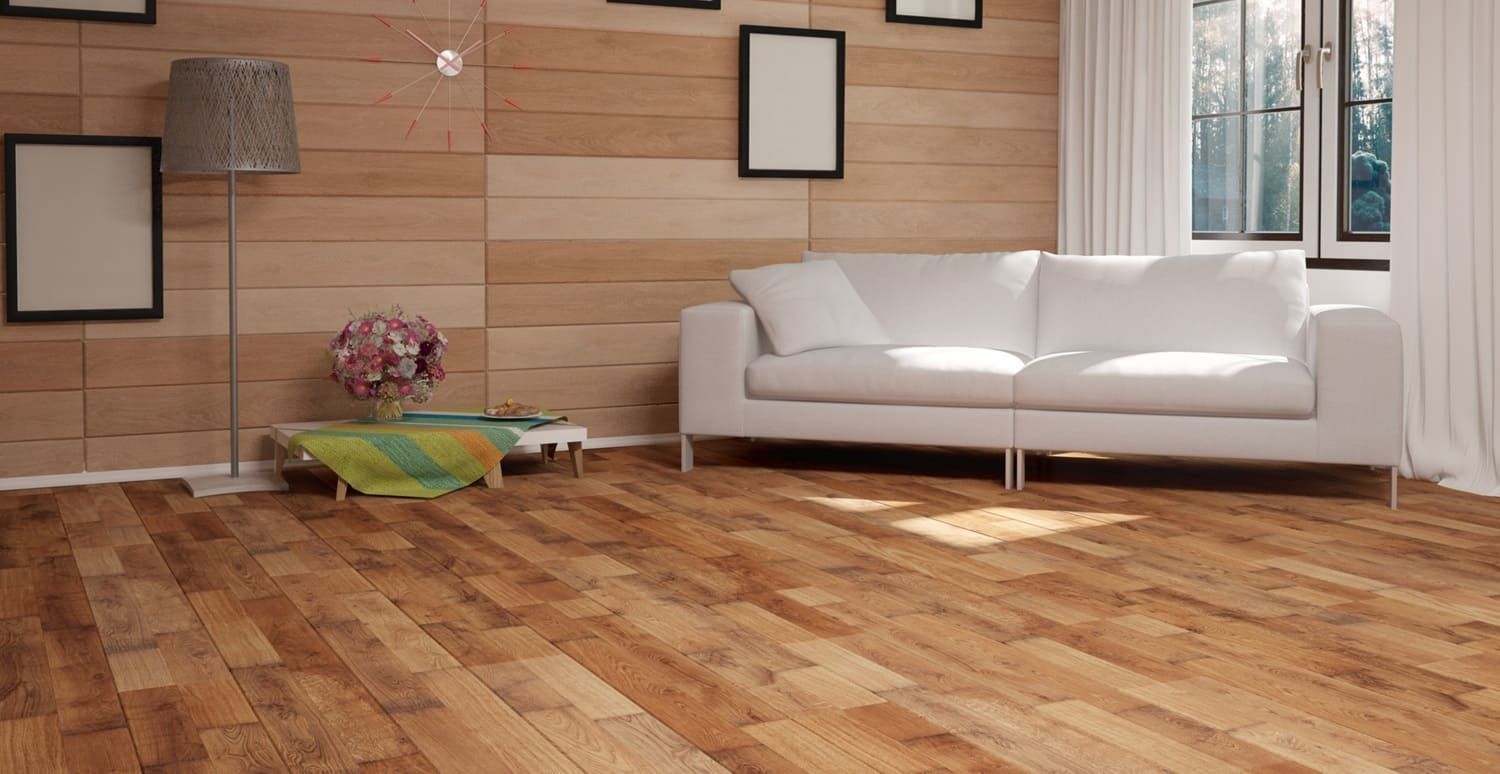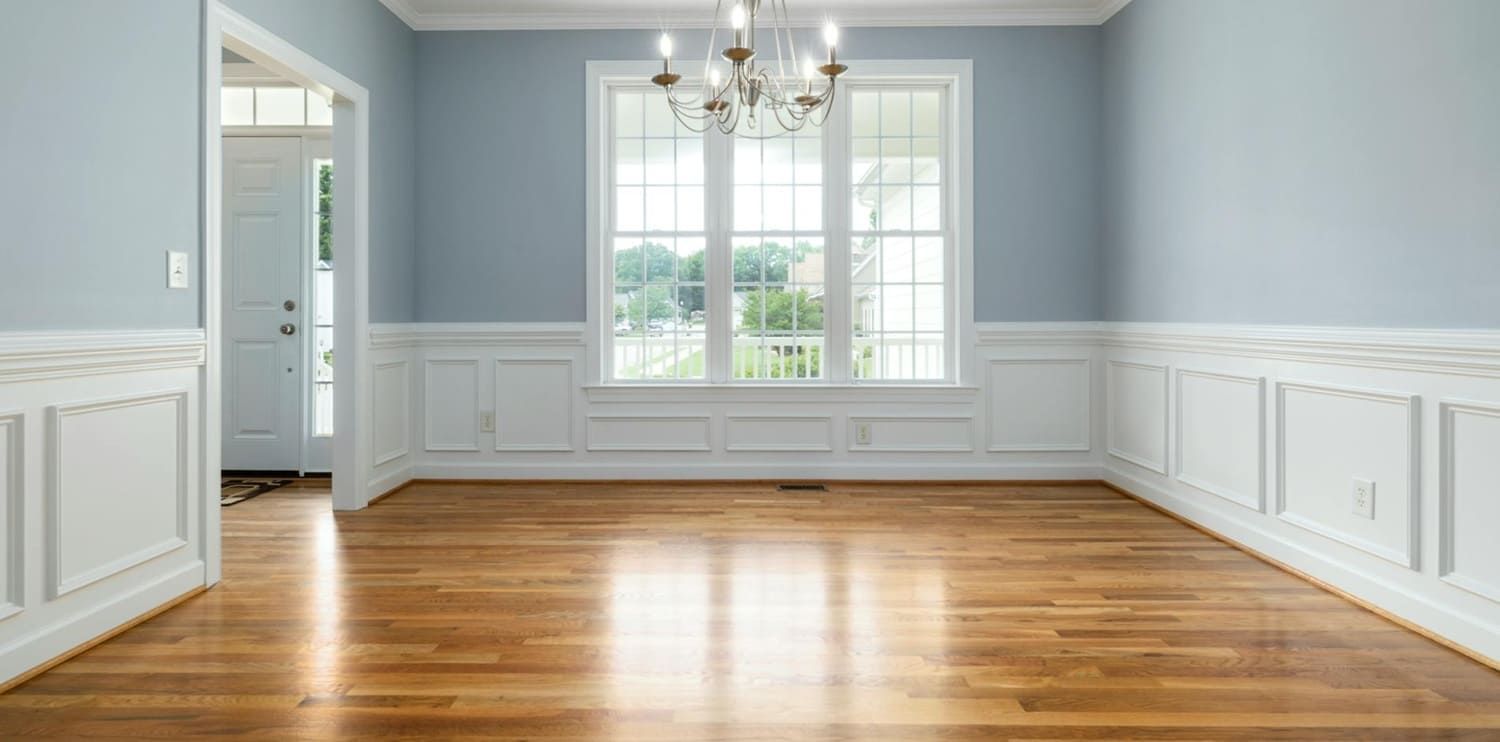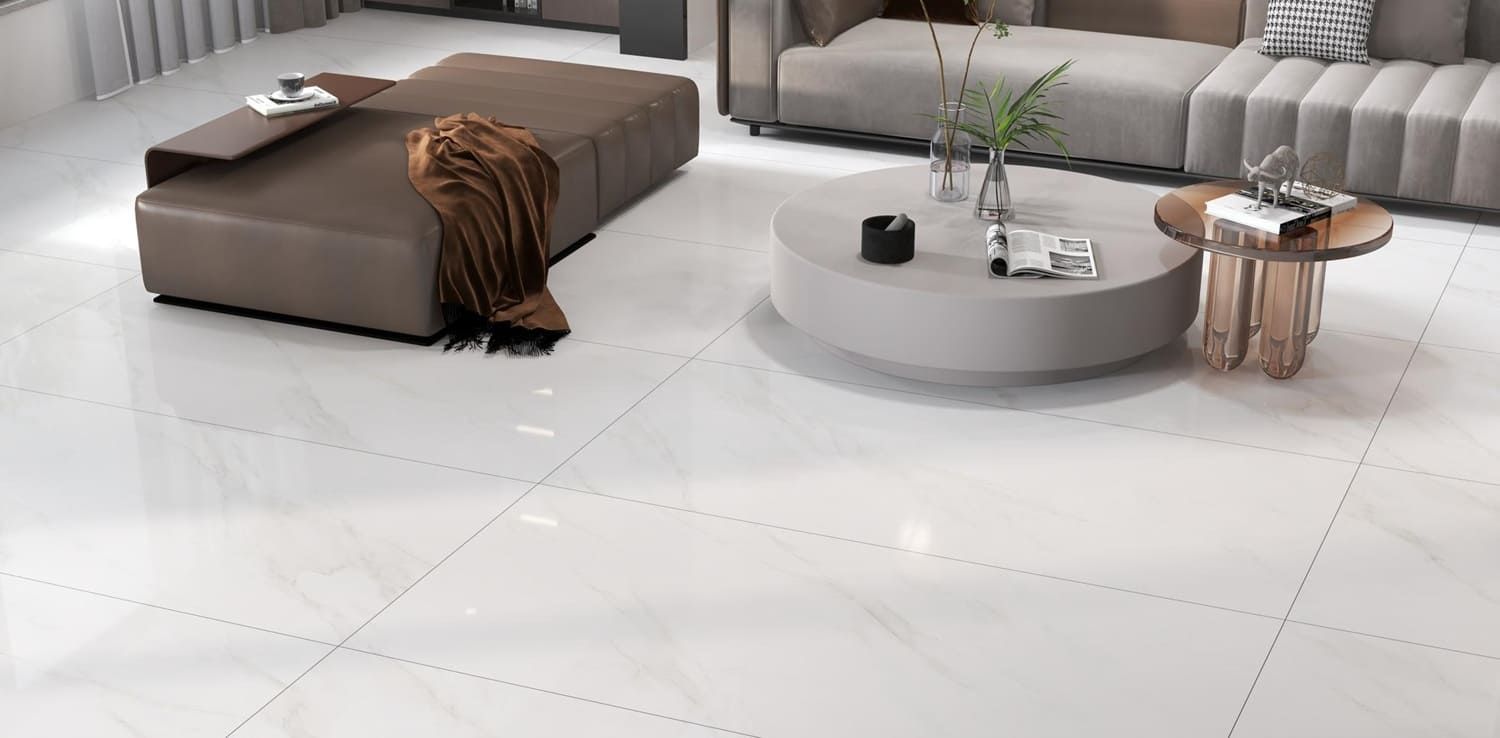Tile vs. Laminate: Which Flooring Is Best for High-Traffic Areas?
Choosing the right flooring for high-traffic areas is crucial. It can significantly impact the durability, maintenance, and overall aesthetic of your space.
Tile and laminate are two popular choices. But which one is the best durable flooring for high traffic areas?
Tile flooring, with its robust nature and moisture resistance, is often a go-to option. It offers a variety of designs, adding to its appeal.
On the other hand, laminate flooring is known for its cost-effectiveness and ease of installation. It can mimic the look of more expensive materials, providing a high-end look without the hefty price tag.
However, each comes with its own set of pros and cons. Understanding these can help you make an informed decision.
In this article, we'll delve into the world of tile vs. laminate flooring, helping you decide which is the best fit for your high-traffic area.
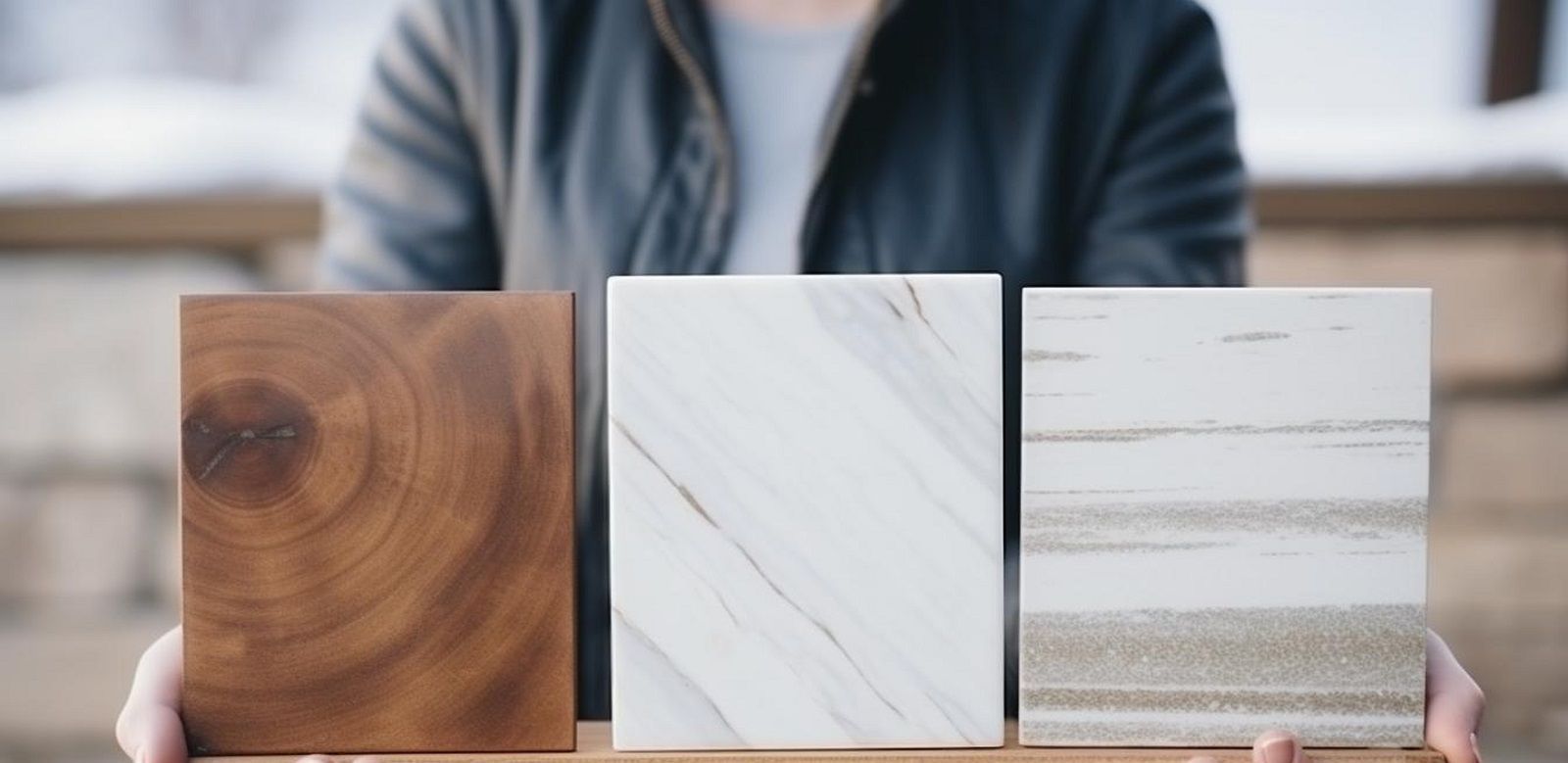
Understanding High-Traffic Areas and Flooring Needs
High-traffic areas are spaces that experience constant movement and footfall. These include hallways, commercial entrances, kitchens, and busy retail environments. Choosing the right flooring for such spaces is vital to ensure longevity and continued visual appeal.
In high-traffic areas, floors must withstand daily wear and tear. This means selecting materials that not only look good but also resist scratches, stains, and moisture. The best flooring for these areas will be durable, low-maintenance, and capable of retaining its appearance over time. Understanding these needs will guide you to make the best choice between tile and laminate.
Tile Flooring: A Durable Choice for Busy Spaces
Tile flooring is renowned for its durability and resilience. It is an excellent choice for environments with heavy foot traffic. Made from materials like ceramic and porcelain, tile is robust and hard-wearing.
This flooring type is ideal for areas with moisture exposure, such as bathrooms and kitchens. Its water resistance ensures that spills do not cause long-term damage. Moreover, tile provides diverse aesthetic options, with numerous colors, patterns, and sizes available.
Regular cleaning and occasional grout care are all that tile demands. Its low maintenance nature makes it perfect for busy areas. However, it can feel cold underfoot and may become slippery when wet, so consider this in areas prone to spills.
Pros of Tile Flooring
Tile flooring offers several advantages for high-traffic spaces:
Durability: Highly resistant to wear and tear.
Moisture Resistance: Excellent for wet areas.
Longevity: Maintains appearance over decades.
These features make tile a compelling option for those seeking lasting, reliable flooring.
Cons of Tile Flooring
Despite its benefits, tile flooring has its downsides:
Cold Underfoot: Can feel chilly, especially in cooler months.
Slippery When Wet: Increases risk of slips in water-prone areas.
Professional Installation Needed: May require an expert for installation.
These factors are crucial to consider when opting for tile in high-traffic settings.
Laminate Flooring: Affordable and Versatile
Laminate flooring is a popular choice for its affordability and versatility. It offers a cost-effective solution without sacrificing style or appearance. With layers designed to mimic wood or stone, laminate provides a chic look at a fraction of the price.
Beyond style, laminate is known for its ease of installation. Homeowners can often handle the installation themselves, saving on professional costs. The wide range of designs means you can find the perfect match for your décor.
While laminate is simple to maintain, immediate cleaning of spills is essential to prevent damage. It is easier to clean than many other flooring types, offering a worry-free option for busy households. Despite this, its moisture sensitivity remains an important consideration.
Pros of Laminate Flooring
Laminate flooring boasts various advantages:
Cost-Effective: Provides a stylish look without high expenses.
Easy Installation: Suitable for DIY projects.
Design Variety: Extensive options to suit personal tastes.
These attributes make laminate a versatile choice for modern spaces.
Cons of Laminate Flooring
Laminate does come with certain drawbacks:
Sensitive to Moisture: Prone to damage from prolonged exposure.
Susceptible to Scratches: May show wear in high-traffic areas.
Limited Longevity: Generally has a shorter lifespan than tile.
These potential issues should be weighed when choosing laminate for bustling environments.
Cost Comparison: Tile vs. Laminate
When considering flooring, cost is a crucial factor for many homeowners. Tile flooring generally has a higher upfront cost than laminate. This includes both material and installation expenses, which can vary significantly based on the type and style of the tile.
On the other hand, laminate is often more budget-friendly initially. However, long-term costs should also be considered. Tile offers greater durability, reducing the need for frequent replacements, whereas laminate might incur additional costs for repairs or replacement due to wear and tear in high-traffic areas. This aspect makes tiles potentially more economical over time.
Maintenance and Longevity: Which Stands the Test of Time?
Maintenance plays a significant role in deciding between tile and laminate flooring. Tile flooring is renowned for its durability and can last for decades with proper care. Routine cleaning and periodic grout maintenance are essential to preserve its look and longevity.
Laminate flooring requires less frequent upkeep but demands immediate spill cleanups to prevent damage. While laminate may not last as long as tile, it offers decent longevity with the right care. Both flooring types, when maintained properly, can withstand the rigors of high-traffic areas, but tiles often outlast laminates in these settings.
Installation Showdown: Ease vs. Expertise
Installation is a crucial factor when choosing between tile and laminate flooring. Laminate flooring often stands out for its ease of installation, particularly for DIY enthusiasts. With a click-and-lock system, it simplifies the process, requiring minimal tools and expertise.
Tile installation, however, demands more skill and precision. It usually involves cutting, laying, and grouting, which can be complex for novices. Professional installation is often recommended for tiles to ensure the best results, especially in high-traffic areas.
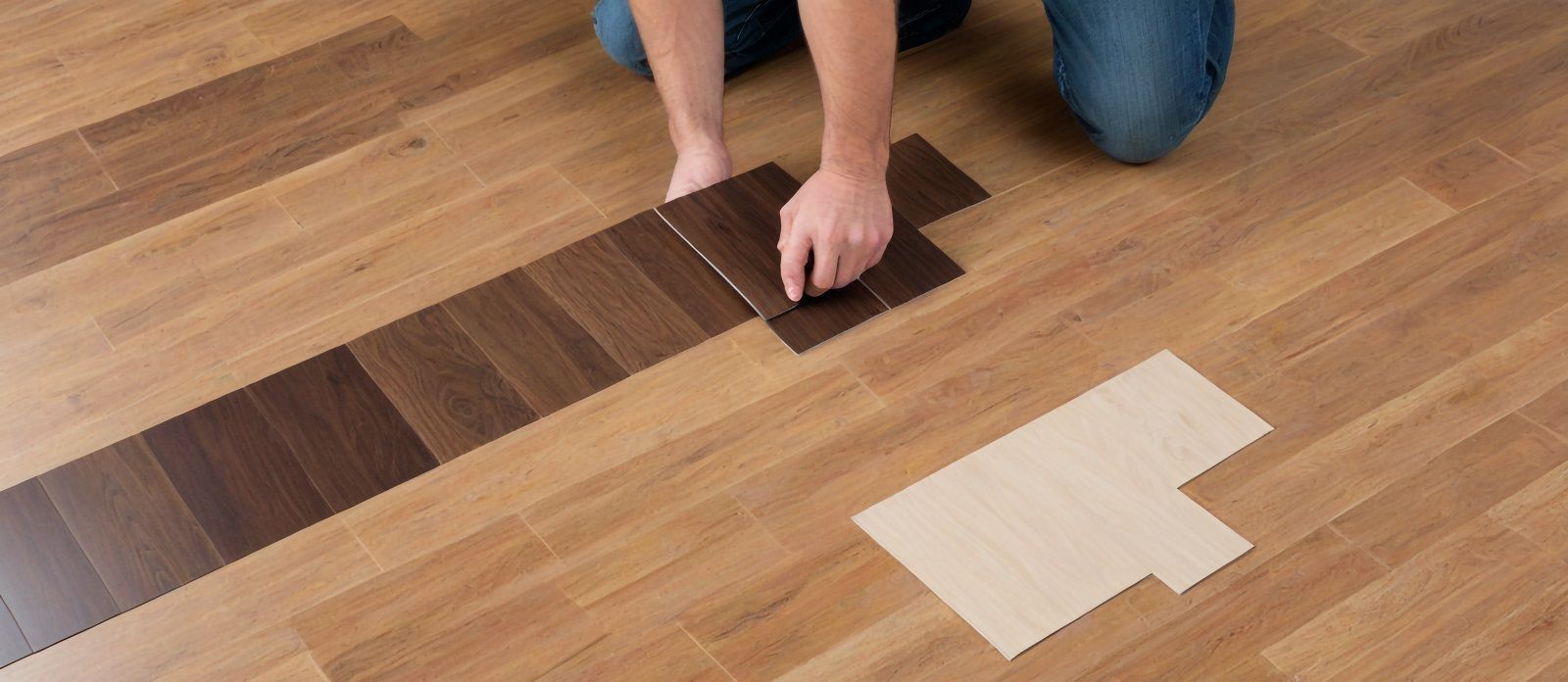
Aesthetic Appeal: Matching Your Style
When it comes to aesthetics, both tile and laminate offer vast possibilities. Tile provides a range of colors, patterns, and sizes, making it easy to find a match for any decor. Its natural look can add sophistication and elegance to a space.
Laminate, on the other hand, is known for its ability to mimic wood and stone, bringing warmth at a lower cost. This flooring type is ideal for those seeking an upscale appearance without breaking the bank. Choose based on your desired ambiance and current design theme.
The Verdict: Making the Right Choice for Your High-Traffic Area
Selecting the right flooring for high-traffic areas hinges on several factors. If durability against moisture and heavy use is paramount, tile may be your best option. Its robust nature and easy maintenance serve well in busy kitchens or bathrooms.
However, if cost-effectiveness and a wide variety of appearances are priorities, laminate is hard to beat. It offers an appealing look without the high price tag. At Eagle Flooring West, we specialize in Flooring Contractors and Flooring Installation Services and offer free estimates to help you make the right choice for your space. Balance your practical needs with your aesthetic desires to decide which flooring suits your space best.
FAQs for High-Traffic Flooring
When considering tile or laminate for high-traffic areas, common questions arise. Here are concise answers to guide you in making informed decisions:
Can I install tile or laminate flooring myself?
DIY installation is possible with laminate due to its easy click-and-lock system. Tile requires more skill.
How do I protect my high-traffic flooring from wear and tear?
Use rugs and furniture pads to minimize scratches and maintain flooring quality over time.
Are there eco-friendly options for tile and laminate flooring?
Yes, both materials offer eco-friendly choices. Look for products made from recycled content or sustainably sourced materials.
How do tile and laminate flooring affect home resale value?
Tile generally adds more value due to its durability and appeal. Laminate can still enhance aesthetics on a budget.
What are the best cleaning practices for tile and laminate floors?
Regular sweeping and mopping with appropriate cleaners maintain the look and longevity of both flooring types.

